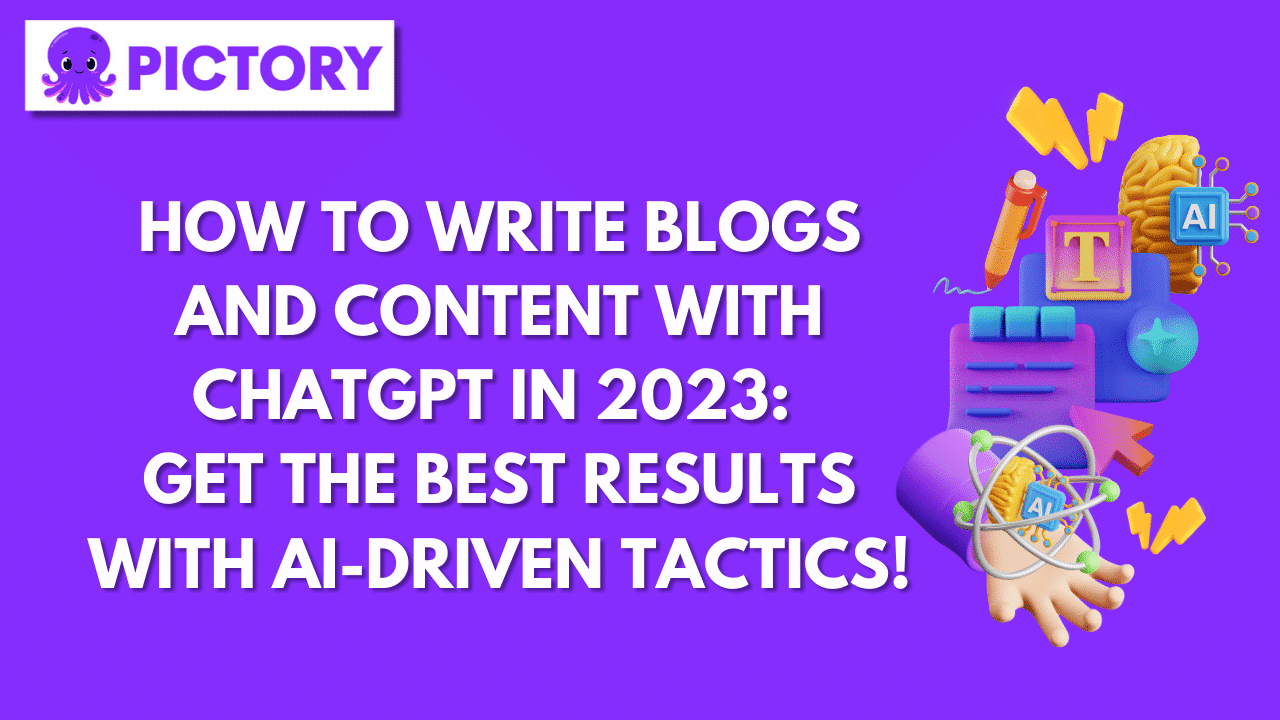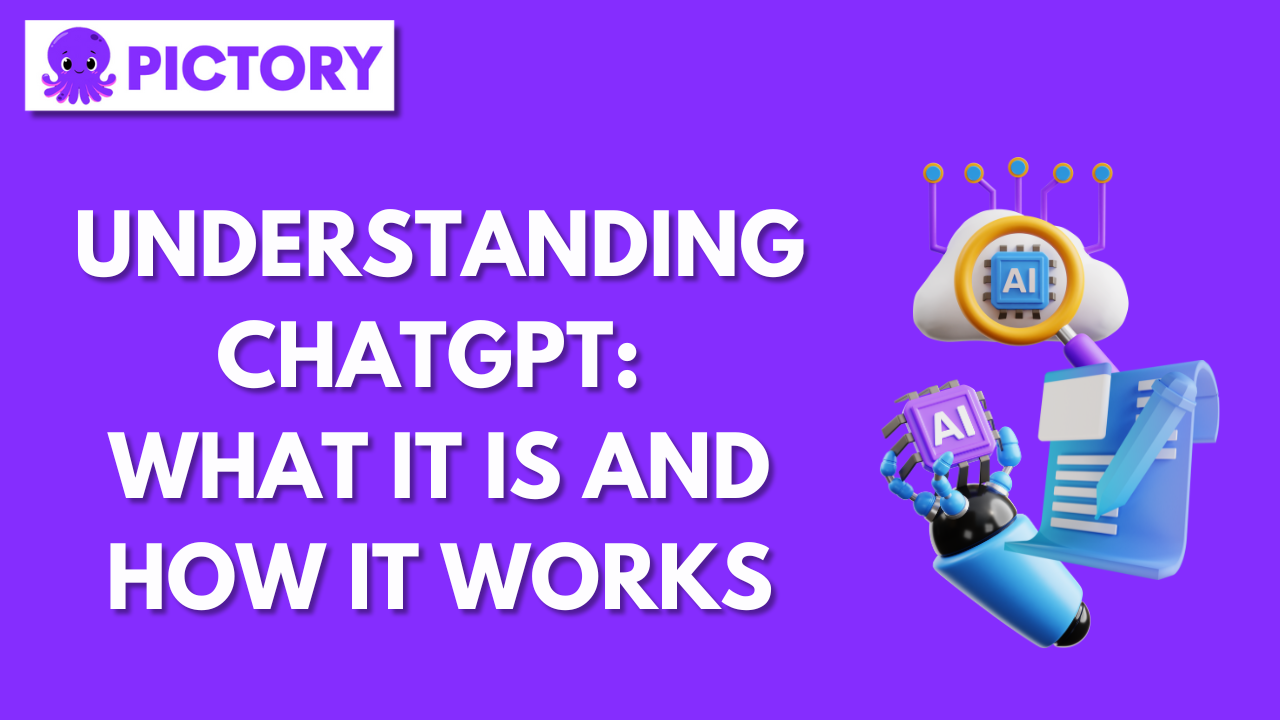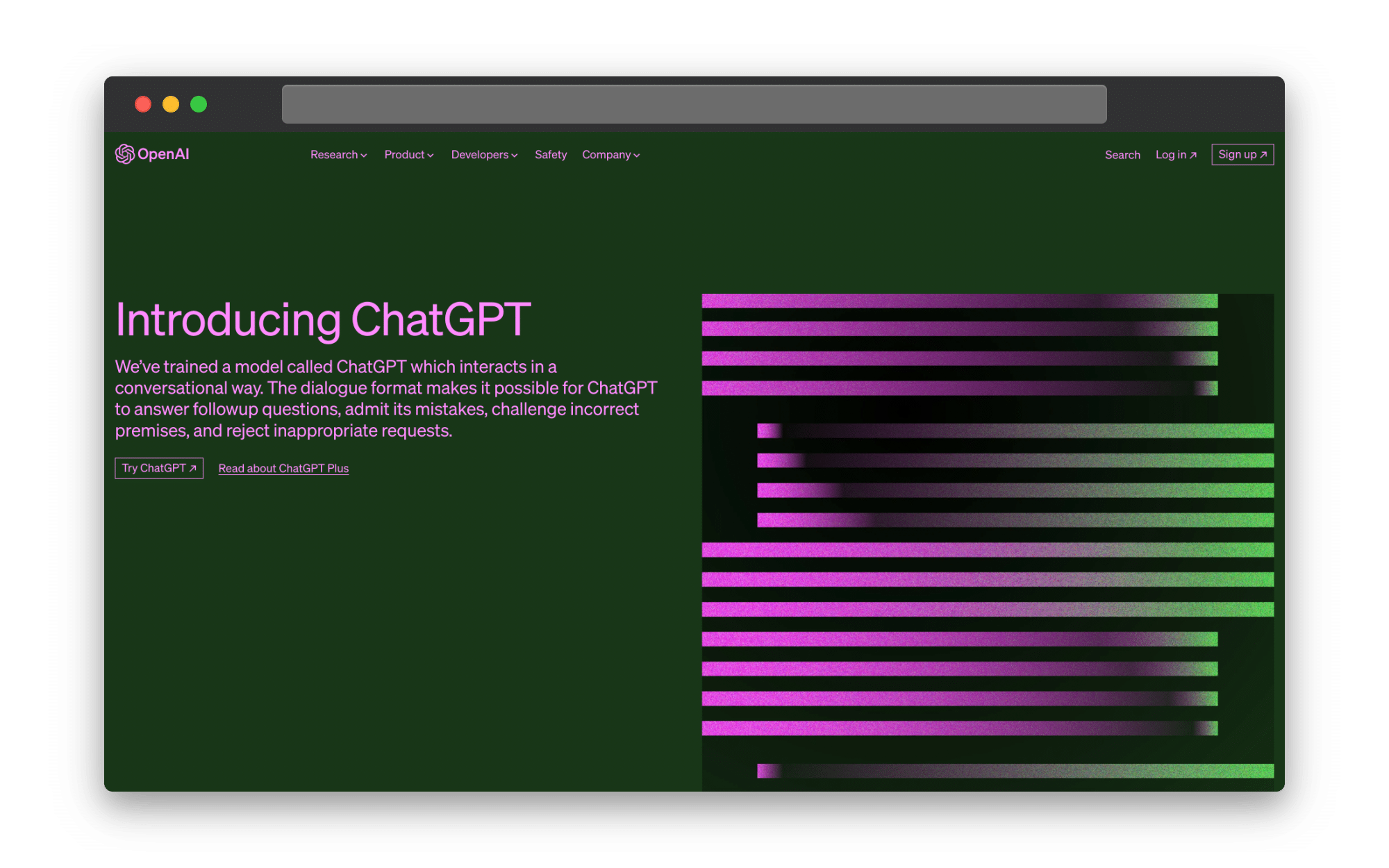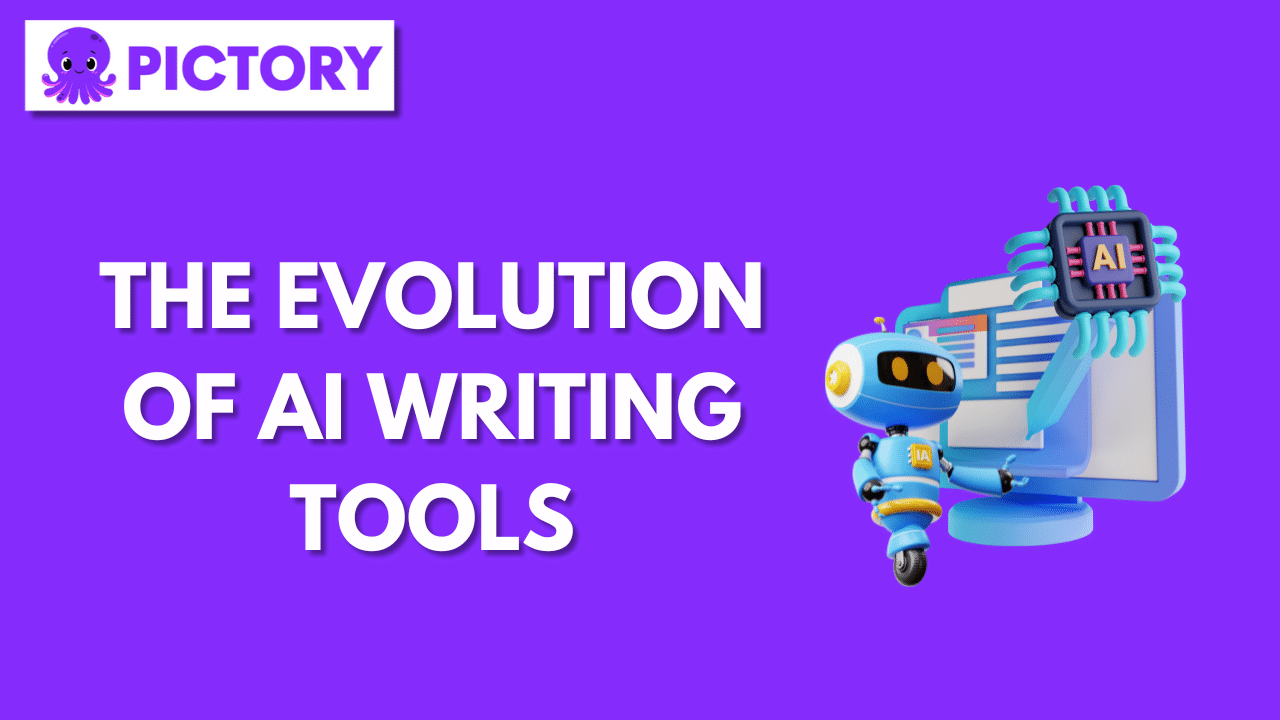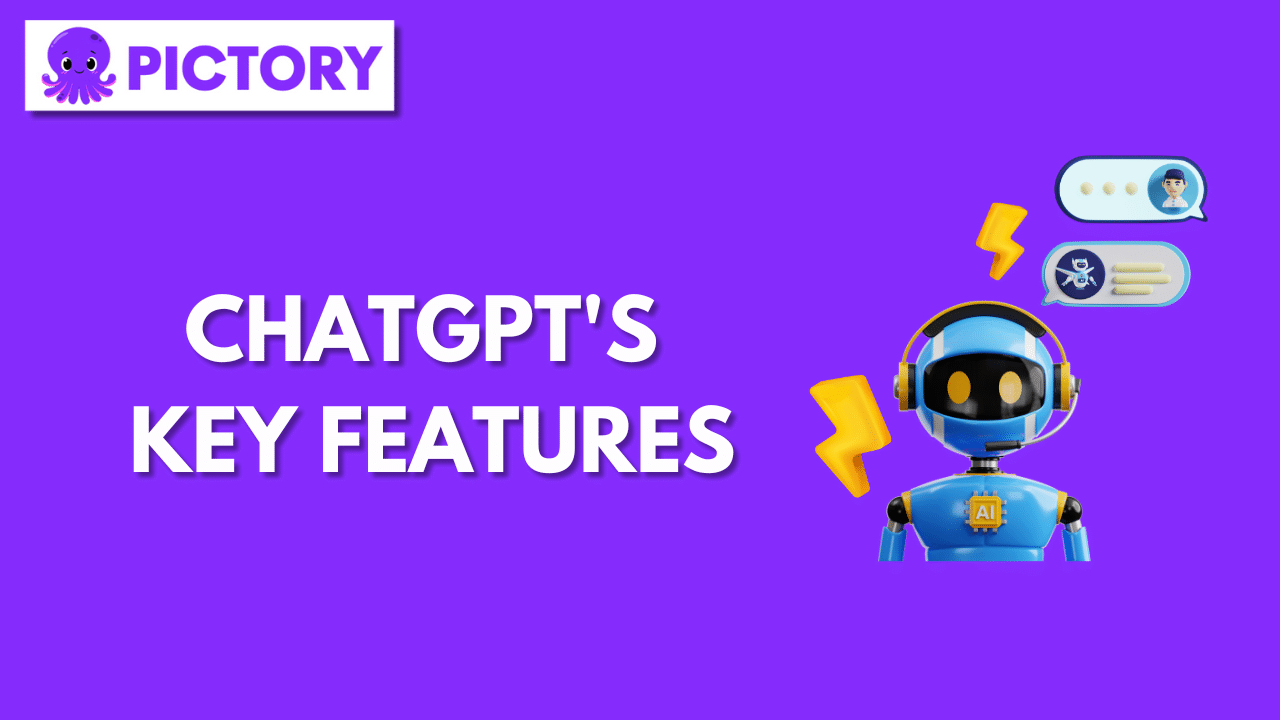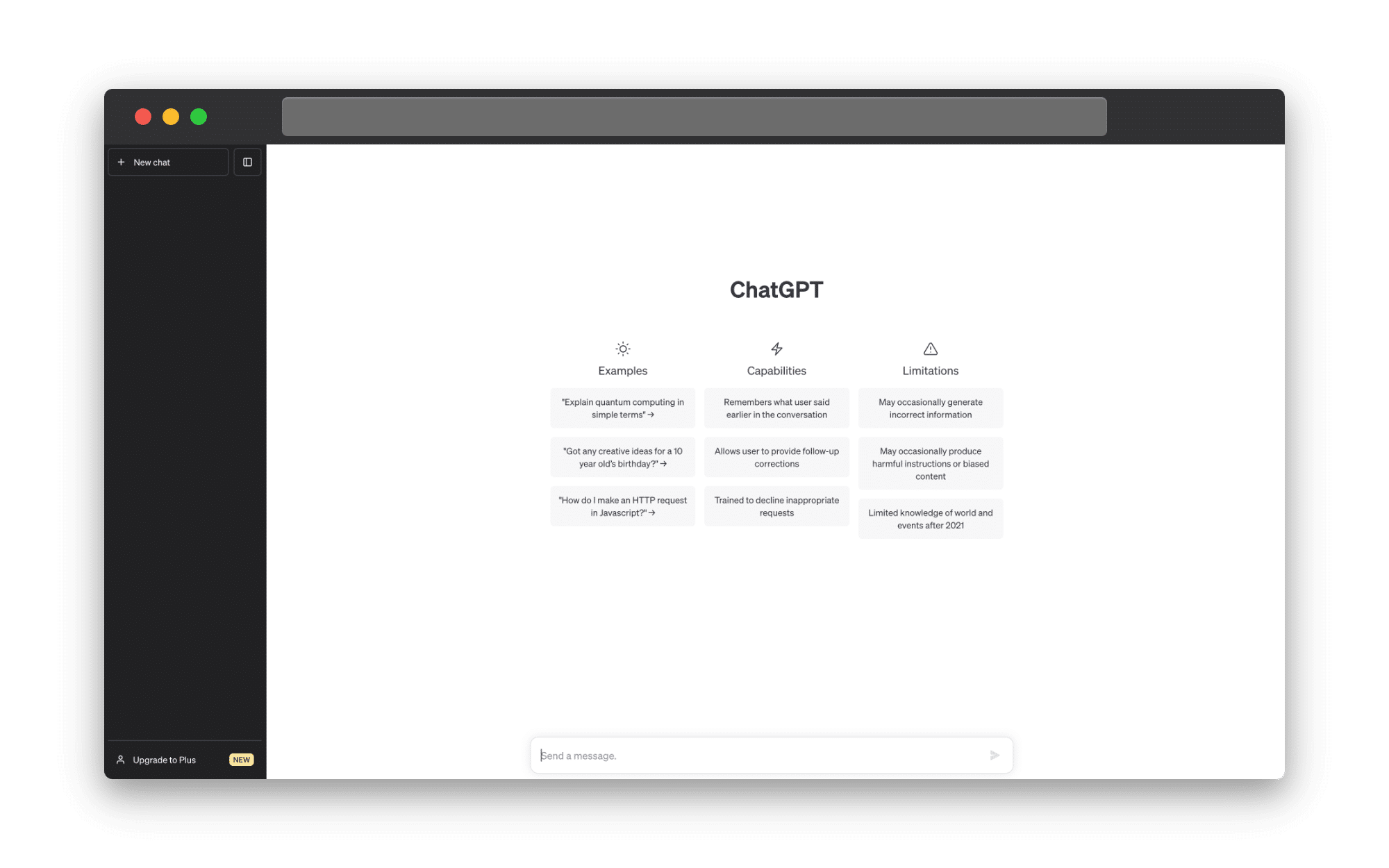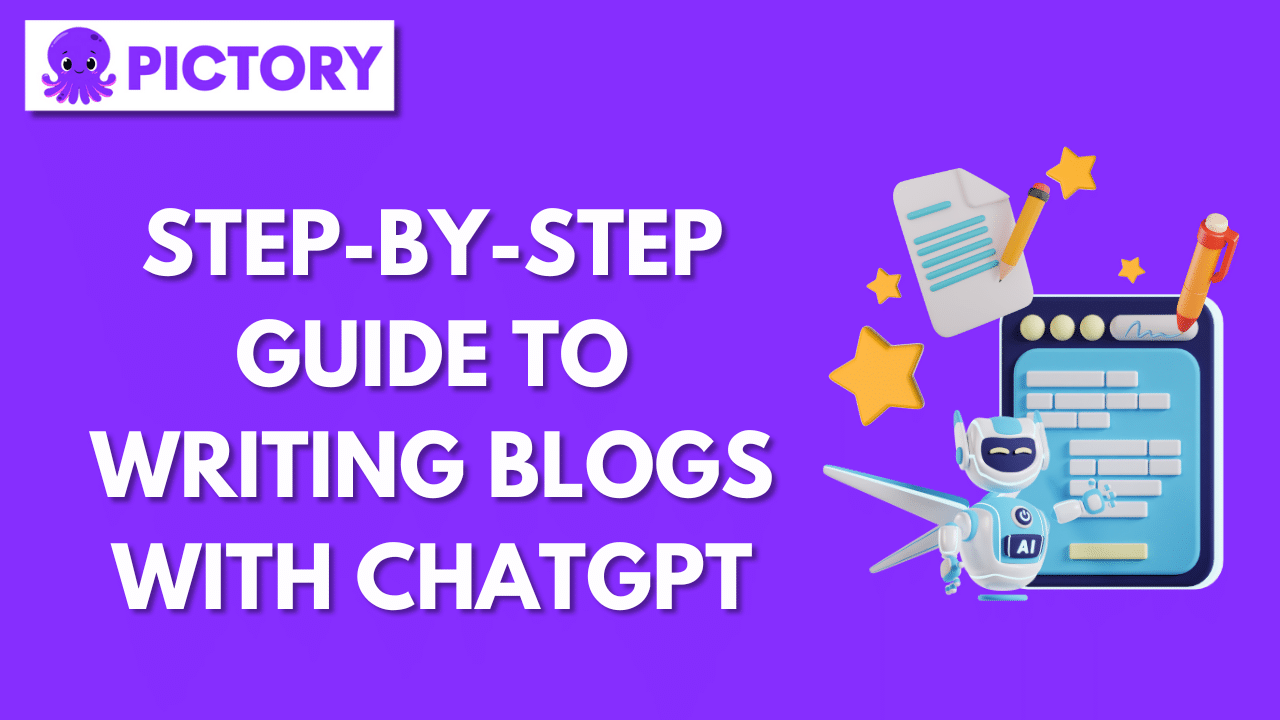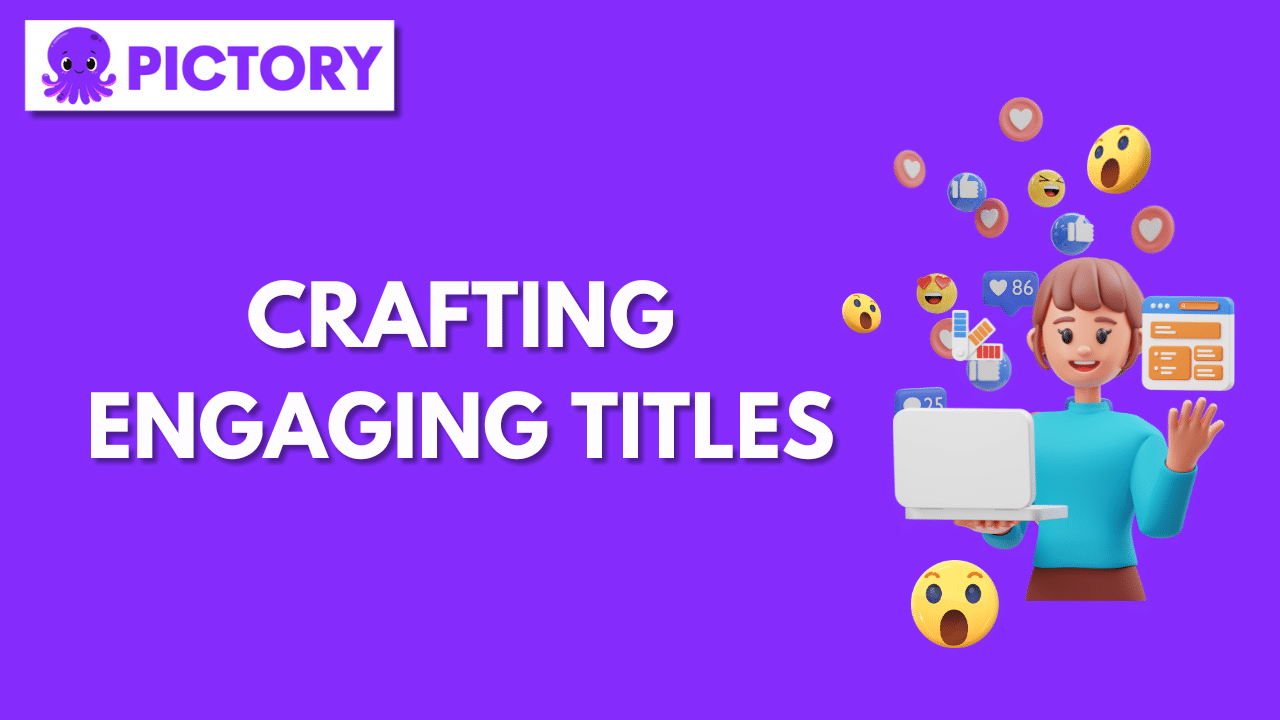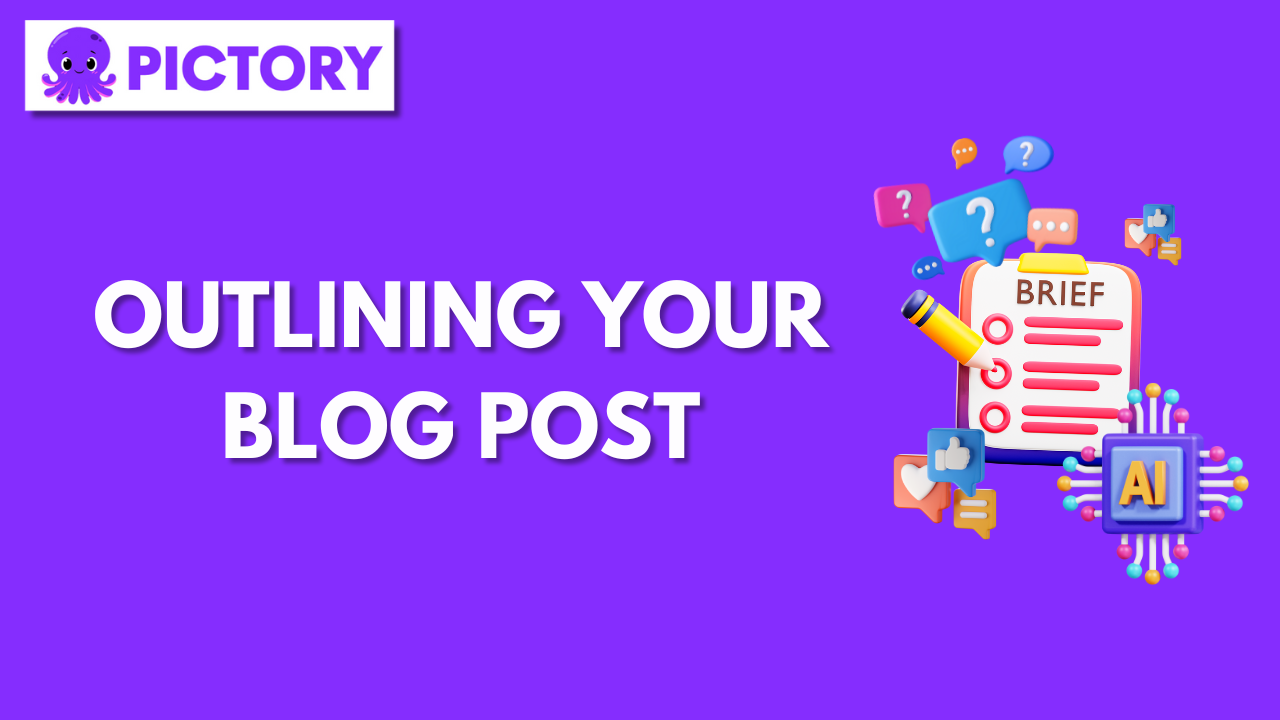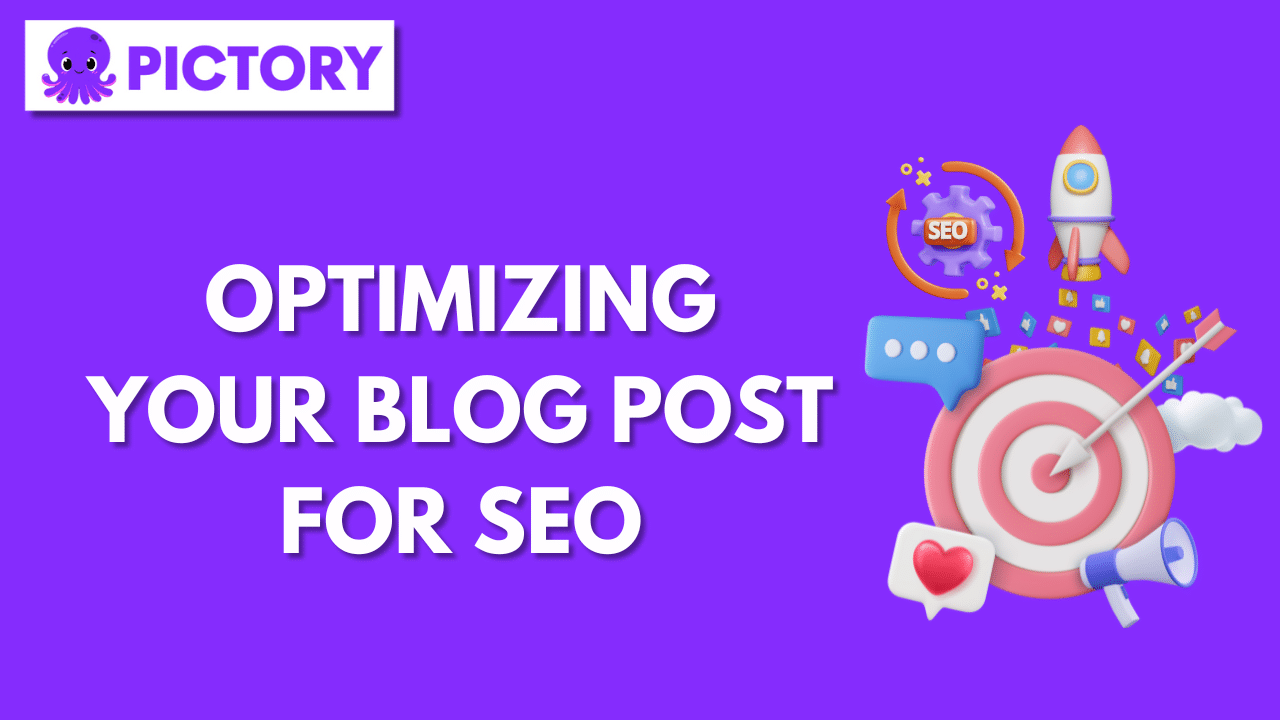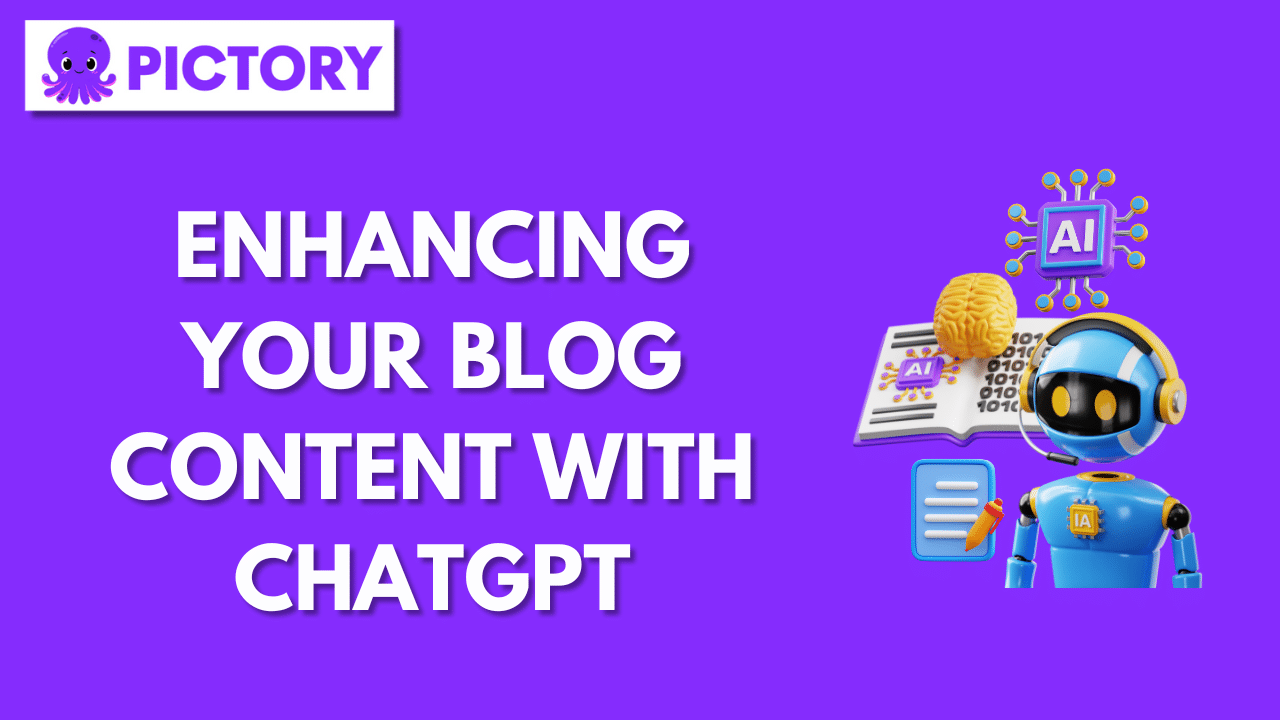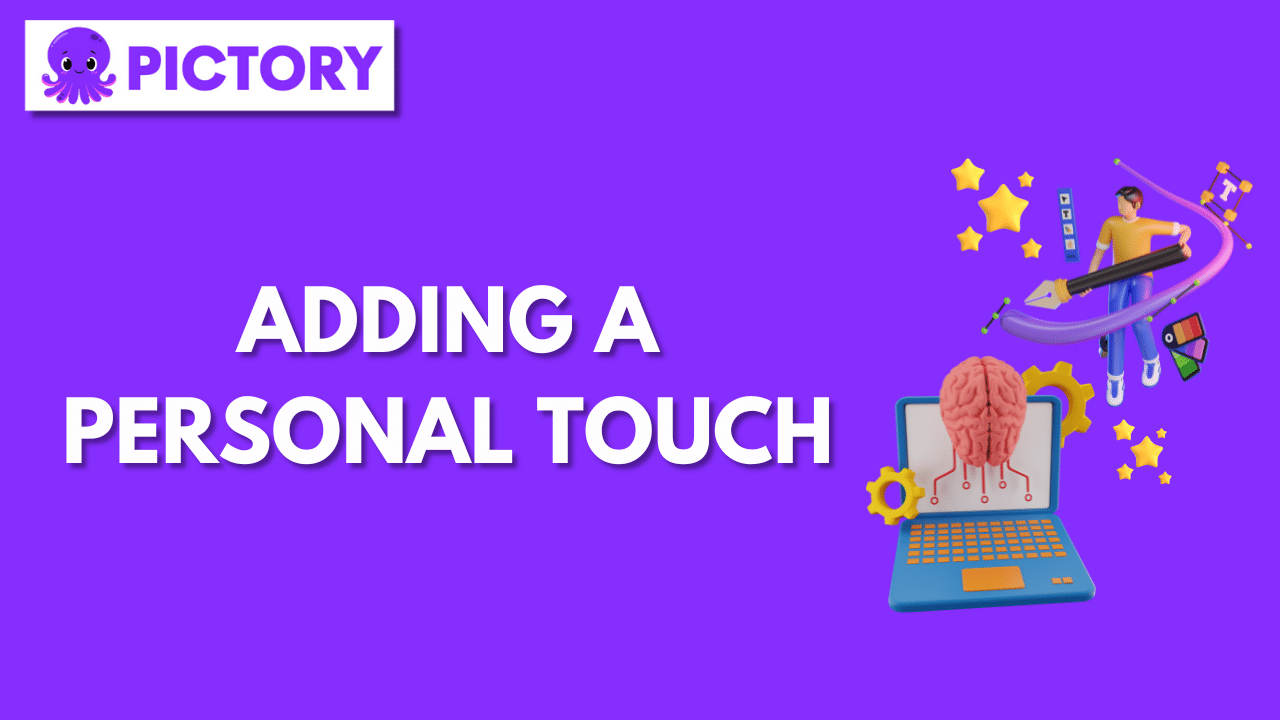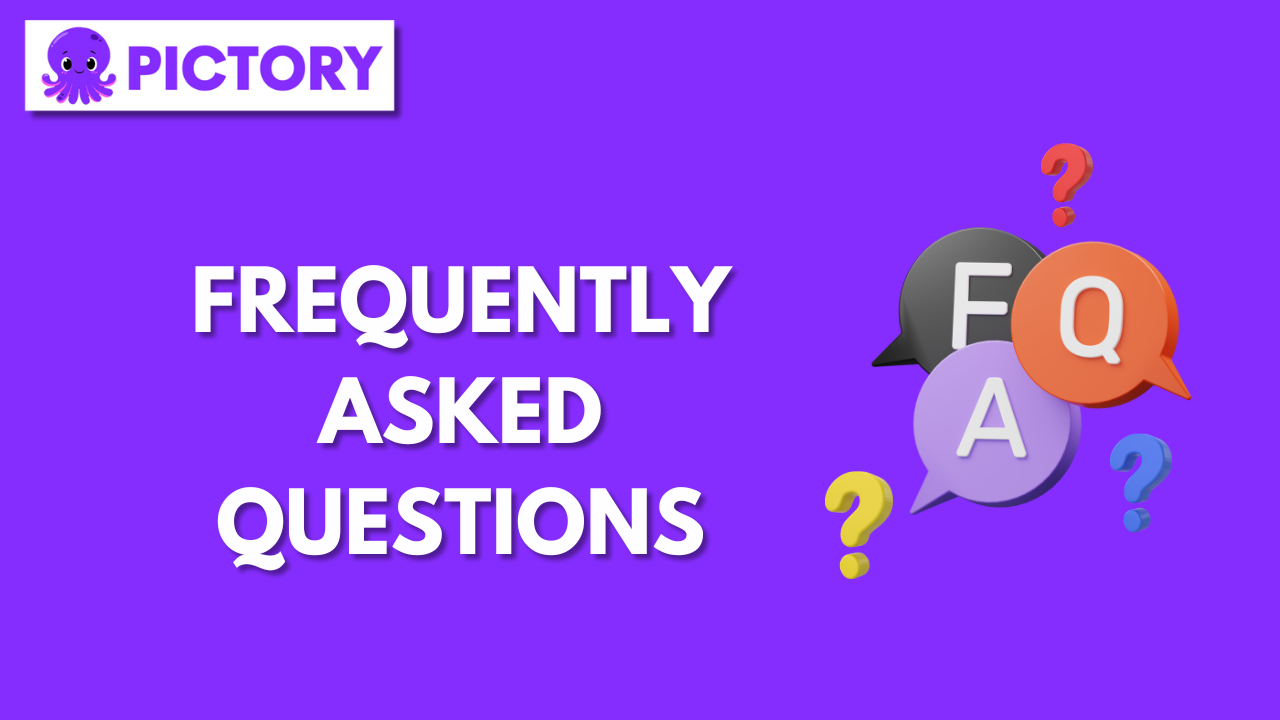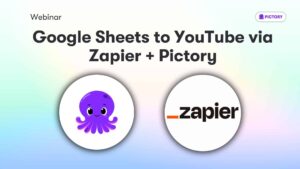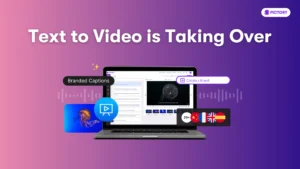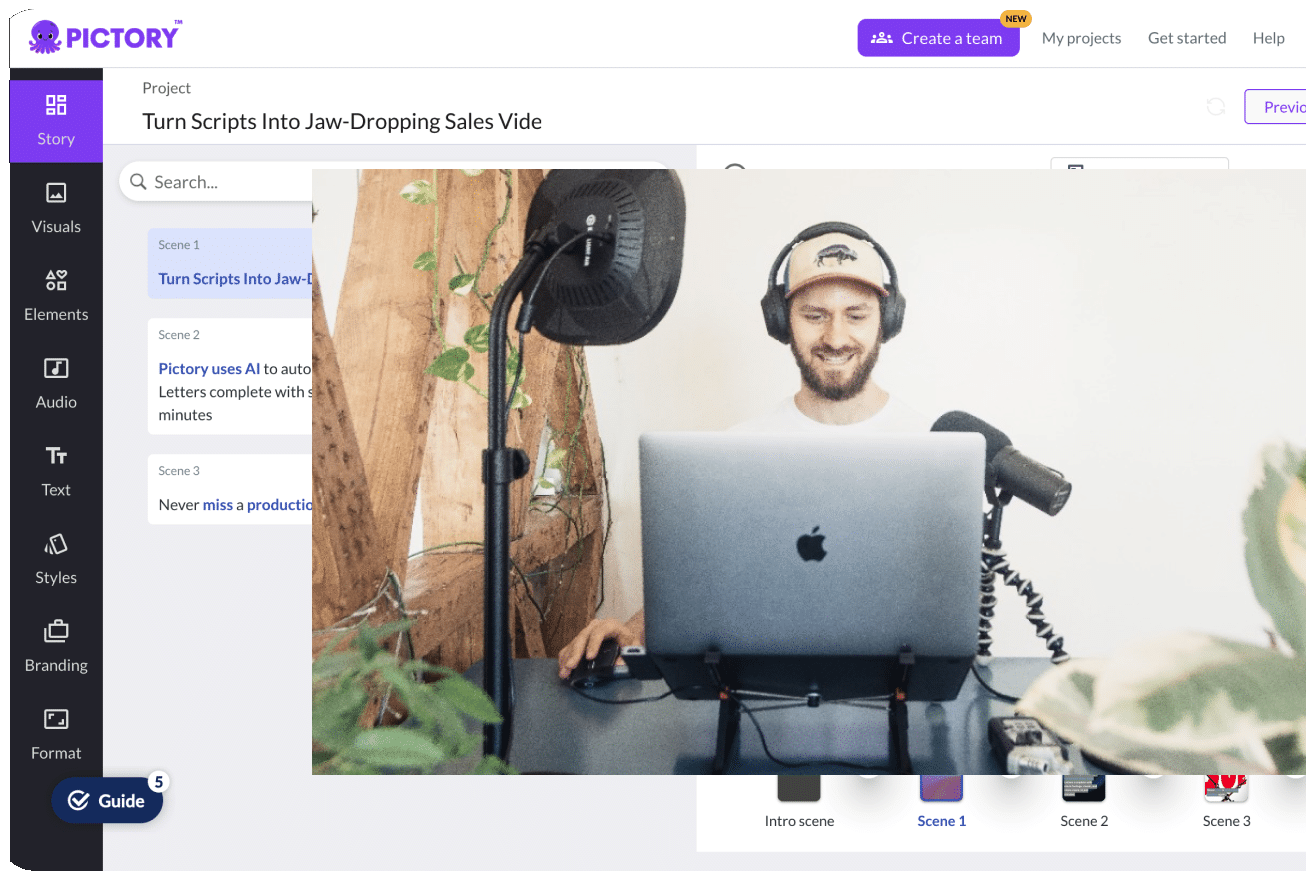The world of blogging is evolving rapidly, and artificial intelligence (AI) is playing a significant role in this transformation.
Imagine having a powerful tool that can generate human-like text and assist you in creating engaging content for your blog.
Introducing ChatGPT, a game-changing AI-driven writing tool that has the potential to revolutionize content creation and teach you how to write blogs and content with ChatGPT.
In this blog post, we’ll take a closer look at ChatGPT, its capabilities, and how it can help you create amazing blog content using the “how to write blog content with ChatGPT” approach.
We’ll also explore the evolution of AI writing tools, and key features of ChatGPT, and walk you through a step-by-step guide to writing blogs using this incredible tool.
Short Summary
-
ChatGPT is an AI-driven language model that helps experienced writers generate content ideas, craft titles and outlines, write engaging posts for SEO optimization, and more.
-
It can help create data tables & lists, Calls to Action (CTAs) plus add a personal touch with relevant examples & images.
-
Editing & polishing the AI-generated content with human touch ensures it’s readable, relatable, and error-free!
Understanding ChatGPT: What It Is and How It Works
ChatGPT is a language model that harnesses the power of deep learning algorithms and a vast database to generate text similar to human-written text based on the inputs provided.
This AI-driven tool can help you write amazing blog posts in no time, and it even has an open-source extension, WebChatGPT, which adds current and relevant web results to ChatGPT’s answers, making your content more accurate and up-to-date.
However, it’s important to keep in mind that ChatGPT has its limitations.
It cannot generate images or react to voice commands, and when it experiences heavy usage, it may become overloaded and unavailable.
Despite these drawbacks, ChatGPT remains a valuable asset for bloggers who know how to make the most of it.
The Evolution of AI Writing Tools
Over time, AI writing tools have become increasingly sophisticated, capable of generating domain name ideas, producing realistic images and art, and providing valuable information to help you write a blog.
ChatGPT, for instance, can offer article outlines based on competitors’ structures, generate domain name ideas, and help you brainstorm blog post ideas.
There are also alternatives to ChatGPT, such as ChatSonic and Writesonic.
These tools can assist you in generating content ideas and outlines, and Writesonic can even create full-length blog posts, paraphrase, summarize, and reoptimize text with keywords.
The continuous advancements in AI writing tools are shaping the future of content creation, providing bloggers with powerful resources to enhance their writing process.
ChatGPT’s Key Features
One of the key features of ChatGPT is its ability to assist experienced writers in research and idea generation.
It can write about any type of product, including specific brands, making it an excellent resource for bloggers who write reviews.
ChatGPT is a great tool that can quickly generate blog posts of superb quality.
These posts have the potential to rank well on Google.
Another essential feature of ChatGPT is its keyword research capabilities.
It can provide content ideas and outlines, as well as generate keyword ideas, titles, post outlines, and flesh-out posts. This can give you a significant advantage in optimizing your content for search engines.
Not only that, but ChatGPT also excels at content generation.
It can provide examples of product usage, write full-length blog posts, paraphrase, summarize, and reoptimize text with keywords.
And when it comes to SEO optimization, ChatGPT offers suggestions to optimize blog posts for SEO and provides tools for creating a keyword strategy and generating SEO-optimized content.
Step-by-Step Guide to Writing Blogs with ChatGPT
To make the most of ChatGPT, follow this step-by-step guide to writing blogs.
1. Generating blog post ideas: One of the first steps in creating a blog post is to generate ideas.
ChatGPT can help you come up with blog post ideas by providing keywords and instructions.
Utilize keyword research tools like Google Keyword Planner, Ahrefs, or other SEO tools to verify the volume of keywords and ensure they are being searched for.
2. Crafting engaging titles: A captivating title is crucial for grabbing readers’ attention and encouraging them to keep reading.
ChatGPT can suggest titles tailored to the topic, accurately describing the content, and optimized for SEO.
Simply input some keywords or phrases related to the topic, and you’ll get a range of possible titles to choose from or use as inspiration.
3. Outlining your blog post: Creating a blog post outline helps you get a clear idea of the topics you want to cover and the overall structure of your blog post.
ChatGPT can assist you in outlining by suggesting subtopics, questions, and other content ideas related to your topic.
4. Writing high-quality content: Providing high-quality content is essential for keeping your readers engaged.
ChatGPT can help you refine your content by offering suggestions for sentence structure, vocabulary, and overall clarity.
This ensures your blog post is not only informative but also enjoyable to read.
5. Optimizing your blog post for SEO is vital for boosting your blog post’s visibility in search engine results and attracting more visitors.
ChatGPT can help you optimize your blog posts by generating keyword suggestions and writing meta descriptions.
Use SEO tools to analyze the keywords and ensure they align with search intent.
Generating Blog Post Ideas
Generating blog post ideas with ChatGPT is as simple as providing keywords and instructions to the AI tool.
Are there any frequently asked questions or misconceptions about [a particular aspect of your niche?
These are great topics that can be addressed in a blog post.
What problems or challenges are businesses in [your niche or industry] currently facing?
Is it something that could be explored further in a blog post?
However, it’s essential to keep in mind that topic generators have their limitations.
They may not have a clear understanding of your writing agenda and may struggle to develop interesting topic ideas.
Therefore, it’s crucial to use keyword research tools to ensure your chosen keywords are actually being searched for and are relevant to your target audience.
Crafting Engaging Titles
A catchy title is essential for grabbing readers’ attention and encouraging them to read your blog post.
ChatGPT can help you craft engaging titles by suggesting options that are tailored to your topic and optimized for SEO.
To create an SEO-optimized blog title with ChatGPT, simply input some keywords or phrases related to the topic, and you will receive a range of possible titles to choose from or use as inspiration for your own.
To generate a title for your blog post using ChatGPT, use a prompt like:
“Hey there, professional blogger!
I’m in need of 10 titles that are catchy and SEO-optimized for my blog post about [Keyword] targeting [Target Audience].
Creating headlines that engage the target audience and resonate with the topic is essential.
Can you help me out?”
This will enable the AI tool to provide you with a variety of title suggestions that can grab attention and accurately describe your content.
Outlining Your Blog Post
Outlining your blog post is an essential step in the writing process, as it helps you gain a clear understanding of the topics you want to cover and the overall structure of your blog post.
ChatGPT can be incredibly useful in this regard, as it can suggest subtopics, questions, and other content ideas related to your topic.
With a well-structured outline in place, you can ensure your blog post flows logically and covers the necessary information.
This will also make the writing process smoother and help you create a more engaging and informative blog post for your readers.
Writing High-Quality Content
High-quality content is crucial for keeping your readers engaged and coming back for more.
ChatGPT can assist you in refining your content by providing guidance on the tone and style of the writing.
This will ensure your blog post is not only informative but also enjoyable to read.
By using ChatGPT to help you write high-quality content, you can make your blog posts more readable and engaging, ultimately boosting their performance and attracting more readers.
It’s definitely worth the extra effort to polish your AI-generated content using ChatGPT.
Optimizing Your Blog Post for SEO
SEO is vital for boosting your blog post’s visibility in search engine results, thus helping you attract more visitors.
ChatGPT can help you optimize your blog posts for SEO by generating keyword suggestions and writing meta descriptions.
This will ensure your content aligns with search intent and ranks higher in search engine results.
To evaluate the keywords ChatGPT suggests, you can use SEO tools like Semrush or Ahrefs to analyze the keywords and ensure they are being searched for.
This will help you create content that is relevant to your target audience and more likely to attract traffic to your blog.
Creating a meta description that entices readers to click on a link in search engine results can be challenging.
ChatGPT has come up with an effective prompt: “Come up with a Meta Description that will make readers want to click on the blog post link in search engine results.”
This will ensure your meta description entices readers and encourages them to click through to your blog post.
Enhancing Your Blog Content with ChatGPT
To take your blog content to the next level, you can use ChatGPT to add relevant examples, create data tables and lists, and craft effective calls to action.
These enhancements can make your content more engaging and informative, ultimately providing a better experience for your readers.
Not only can ChatGPT help you create unique images and develop content ideas, but it can also assist you in building a content calendar and generating content for social media platforms like LinkedIn and Twitter.
With ChatGPT by your side, you can create an all-encompassing content strategy that keeps your readers engaged and coming back for more.
Generating Relevant Examples
Relevant examples are crucial for illustrating your points and making your content more engaging.
ChatGPT can generate relevant examples when provided with appropriate prompts.
For example, you can use the prompt “Please provide me with 3 good examples that prove the benefits of running” to generate examples that showcase the advantages of running.
You can use the examples generated by ChatGPT as-is in your blog post, or mix and match different elements from the examples to create one that fits your post better.
This will help you create more engaging content that resonates with your readers.
Creating Data Tables and Lists
Presenting information in an organized manner, such as data tables and lists, can make your blog content easier to digest and understand.
ChatGPT can help you create data tables and lists that effectively organize your information.
Before using the information from ChatGPT’s table in your blog post, it’s essential to double-check it for accuracy.
Once verified, you can take a screenshot of the table, crop it to the desired size, and then add it to your article.
Crafting Effective Calls to Action
An effective call to action (CTA) is essential for prompting your readers to take a specific action, such as signing up for a newsletter or making a purchase.
ChatGPT can help you craft effective CTAs that motivate readers to take action.
To create CTAs using ChatGPT, use a prompt like
“Hey there, expert marketer and copywriter! Could you please come up with three awesome calls to action for my blog post?”
CTAs are commonly found at the end of a blog post. However, you can also opt to insert them earlier in the article.
This can help engage readers and direct them towards signing up for an email list, clicking a link, or checking out an affiliate offer.
Strategically placed CTAs can significantly boost reader engagement and conversions.
Editing and Polishing AI-Generated Content
While AI-generated content can be a great starting point, it’s essential to edit and polish it to make it more readable and engaging.
ChatGPT can offer suggestions for sentence structure, vocabulary, and overall clarity to help refine content.
However, it’s important not to rely solely on ChatGPT, as adding a human touch to your writing can make it more relatable and engaging.
Having a human edit AI-generated content can transform an “ok” post into something great and truly helpful for your readers.
By taking the time to edit and polish your AI-generated content, you can ensure it meets the highest quality standards and delivers the best possible experience for your audience.
Identifying and Correcting Errors
Spotting patterns of errors in your content is crucial for maintaining quality and readability.
To identify and correct errors, look for common mistakes like typos, incorrect punctuation, and grammar issues.
You can also use tools like Grammarly, ProWritingAid, and Hemingway Editor to help with error-checking.
Taking a break from your content and returning to it with a fresh perspective can also help you spot errors and inconsistencies more effectively.
By identifying and correcting errors in your content, you can ensure it meets the highest standards of quality and readability.
Adding a Personal Touch
Adding a personal touch to your AI-generated content can make it more unique and interesting for your readers.
By incorporating personal anecdotes, real stories, customer testimonials, and visuals, you can create content that is more relatable and engaging.
ChatGPT can help you add personality to your content, but it’s crucial to strike the right balance between AI-generated content and your unique voice.
By blending AI-generated content with your personal touch, you can create blog posts that resonate with your readers and keep them coming back for more.
Summary
In conclusion, ChatGPT is a powerful AI-driven writing tool that can significantly enhance the content creation process for bloggers.
By following the step-by-step guide outlined in this blog post, you can harness the capabilities of ChatGPT to generate ideas, craft engaging titles, outline blog posts, write high-quality content, and optimize your blog posts for SEO.
As AI writing tools like ChatGPT continue to evolve, the possibilities for content creation are endless.
Embrace the power of AI in your blogging journey, and watch your content reach new heights of quality, engagement, and success.
Frequently Asked Questions
Can I use ChatGPT for content writing?
Yes, you can use ChatGPT for content writing.
It has the ability to generate new topic ideas, as well as to help fill in gaps that you may have in an article.
With its natural language processing technology, ChatGPT can help you craft better-quality content.
Additionally, it can make suggestions that are specific to your target audience.
How do I get good results from ChatGPT?
If you want to get great results from ChatGPT, follow these simple tips: be specific on word count and don’t hesitate to ask for more, understand its limitations, give it clear and concise requests, and reformulate its response.
With these tips in mind, you’ll be able to create high-quality content easily.
Can I use chat GPT for copywriting?
Yes, Chat GPT can be used for copywriting.
It helps to spark creativity and generate new ideas, offers versatility across writing tasks, and makes the process of creating written content quicker and more efficient.
Whether you’re just getting started with copywriting or an experienced professional, Chat GPT can be a great asset.
If you found this article interesting, why not try How To Create Video Marketing Content With ChatGPT?
Then, sign up for a FREE Pictory account and let our AI-driven software transform your content into engaging videos in minutes!

